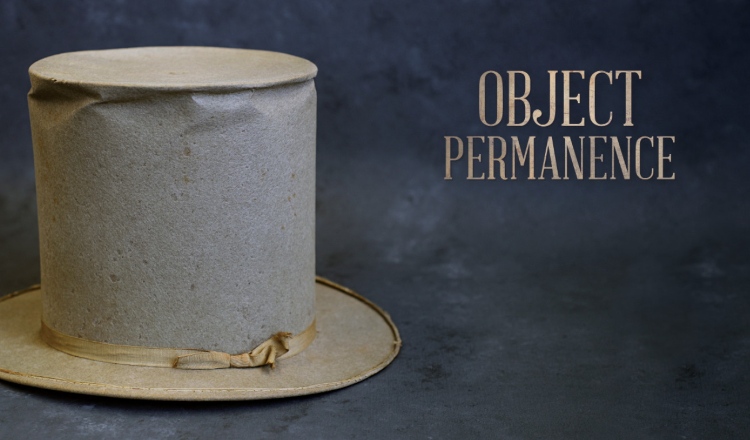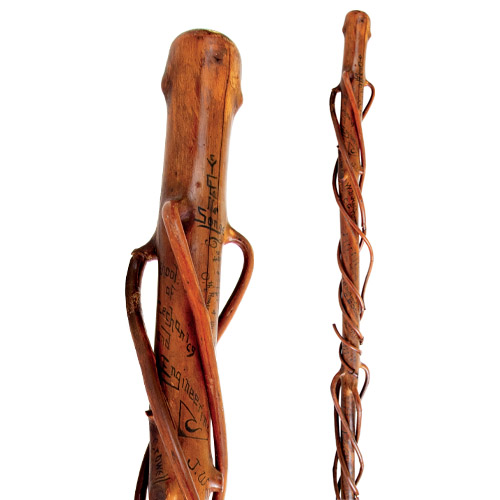
1. 1889 Walking Stick
Handcrafted by the class of 1889, the walking stick was accompanied by documentation that read, “Inscribed hereon are the names of the graduates, as well as the words and music to the class song. Class song was composed by the music and words by one John McCutcheon. ‘For the child was a genius, a ferrent (sic) worshiped at the shrine of music.’ —A.M. Fifth Reader.” McCutcheon’s (S’89, HDR LA’26) lyrics read:
O, the flower of the college is the class of eighty-nine.
Purdue has not another class that is one half so fine.
So fill up your beakers with nectar pure as wine
and drink ’ere to the health of the class of eighty-nine.
1889 Walking Stick is on display in the Spurgeon Hall of Spirit at Dauch Alumni Center.
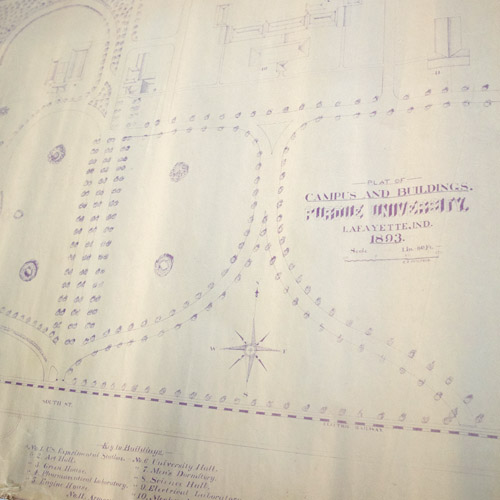
2. 1893 Plat Map
By 1893, campus was growing. It no longer appeared as buildings stuck in the middle of a cornfield but had landscape and topography emulating the ambiance of more mature universities. This plat map of buildings and grounds was created in 1893 by C.B. Peterson (CE’1891), an instructor in mechanical drawing in the Department of Practical Mechanics and Drawing. Almost all students were required to take mechanical drawing courses as part of the University’s mission to provide education in technology, science, and agriculture. This plat map might have been used as a demonstration for students in Peterson’s mechanical drawing laboratory class or by university planners for further development of the campus environs.
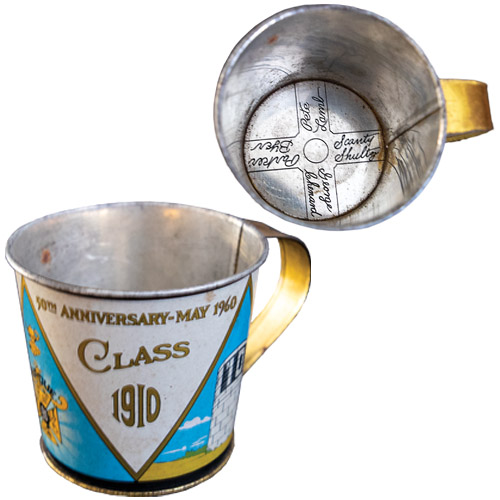
3. 1910 Cups
It was a tradition for some Purdue graduating classes to produce drinking cups, mugs, or glasses. The class of 1910 distinguished itself by the production of a series of tin cups for its 15-, 25-, 30-, 40-, 45-, and 50-year reunions. The cups displayed symbols and images of presumed importance and understanding to members of the class of 1910, including the Tank Scrap tank with the class of 1910 numbers on it. Unlike previous cups, the 50th anniversary cup had four names written in script in the bottom. Research revealed that the names were saloon owners and establishments in 1910 Lafayette that the class of most likely frequented.

4. 1940 Commencement Program
Early commencement ceremonies were held in Military Hall or outdoors on the Oval under a circus tent. In 1903, the ceremony was moved to the newly completed Eliza Fowler Hall. In the early 1930s, commencement exercises were relocated to the Memorial Gymnasium, now known as Haas Hall, to accommodate growing class sizes. Limited space for guest seating soon necessitated another move to the Armory until the Hall of Music was dedicated in 1940; it’s been held there ever since. This leather-bound program with gold-foil embellishment is from the University’s 66th commencement exercises — the first in the Hall of Music — held June 9, 1940.
Commencement exercises are held in Elliott Hall of Music.
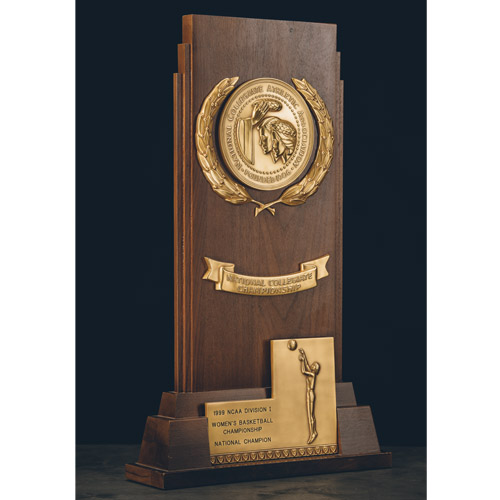
5. 1999 Women’s Basketball Championship Trophy
While the final score — 62–45 — looks comfortable, Purdue’s victory over Duke in the 1999 NCAA women’s basketball championship was far from a sure thing. During the first half of the game, co-captain and tournament Most Outstanding Player Ukari Figgs struggled to score. Duke led by five at the half. Then, four minutes to the buzzer, co-captain Stephanie White was injured and had to leave the game. Now up by five, the team rallied under Figgs’s leadership, scoring the next 13 points and taking home the championship.
See the championship trophy in Mackey Arena’s Ring of Honor.
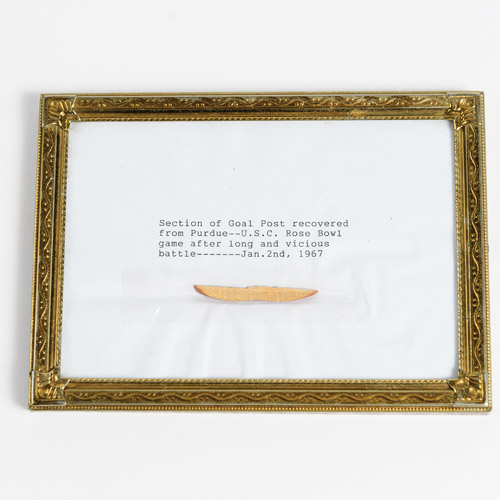
Courtesy of the Virginia Kelly Karnes Archives and Special Collections Research Center, Purdue University Libraries
6. ’67 Rose Bowl Goal Post Shared
Purdue bested University of Southern California 14–13 in its first Rose Bowl appearance on January 2, 1967, but it was not an easy victory. The game was a defensive struggle. With two minutes left to play, USC scored a touchdown, bringing the Trojans within one point of the Boilermakers. USC’s attempt at a two-point conversion was intercepted by George Catavolos (HHS’67, MS HHS’69) to secure the win for Purdue. Fans stormed the field and toppled the goal posts. This shard was donated by Pat Barry.
Relive the 1967 Rose Bowl Victory.
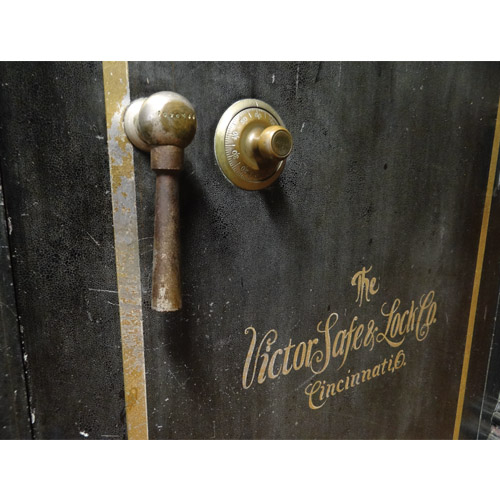
7. Agriculture Vault
In the early 20th century, all business transactions for the agricultural school were conducted in Agricultural Hall (now Pfendler Hall), built in 1901. The door-sized vault stored cash in the days when the University operated a dairy selling butter, milk, and cream in addition to holding agriculture student records before such files were centralized and digitized.
See the old agriculture vault in Pfendler Hall.
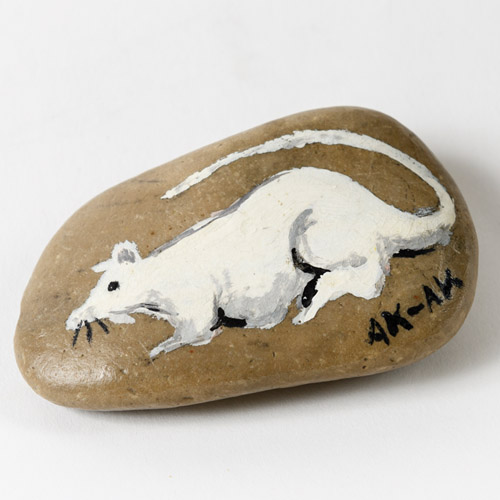
Courtesy of the Virginia Kelly Karnes Archives and Special Collections Research Center, Purdue University Libraries
8. ‘AK-AK’ Rat Rock
During Avanelle Kirksey’s (HDR HHS’97) years at Purdue, her young nephew and nieces were fascinated by the white rats used in her groundbreaking research on vitamin B6 from the 1970s to 1990s in what was then the Department of Foods and Nutrition in the School of Consumer and Family Sciences. Kirksey was a Meredith Distinguished Professor. “I always suspected that their delight in visiting their Aunt Nell sprang more from their desire to visit the rat lab than to visit me,” Kirksey said. “Their preoccupation with the rats, however, had some unexpected fringe benefits for me — a prized rat collection.” Kirksey’s nephew and nieces gave her rats for birthday and Christmas gifts. Her rat collection included rodents made from Tiffany silver, Boehm porcelain, and Steuben crystal. She owned a Mickey Mouse telephone. In the lab, Kirksey had a rock painted with likeness of a rat named Ak-Ak. The name was a play on Kirksey’s initials and the sound one might make if a rat were underfoot. Rats were a theme for Kirksey’s lab Christmas tree. Before students and staff left campus for holiday break, each was invited to choose a rat ornament as a memento. The “Ak-Ak” rat rock is preserved with Kirksey’s papers in the Purdue Archives.
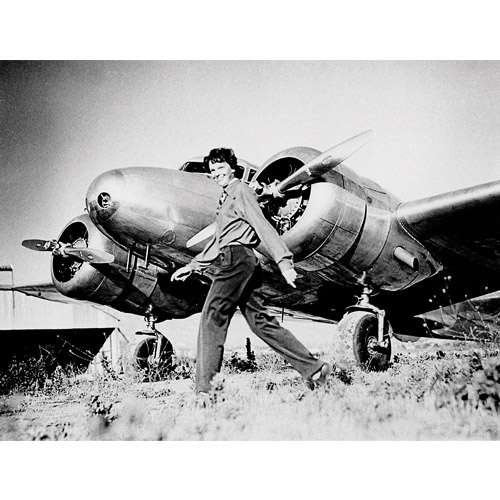
Courtesy of the Virginia Kelly Karnes Archives and Special Collections Research Center, Purdue University Libraries
9. Amelia Earhart’s Lockheed Electra
Impressed by her dynamism, President Edward Elliott (HDR E’47) invited Amelia Earhart to join the faculty in 1935 as a counselor to women students and aviation advisor, much to the vexation of Dean A.A. Potter who disavowed her because she lacked a degree. When Earhart attempted her daring around-the-world flight two years later, the Purdue Research Foundation helped secure more than $40,000 for her Lockheed Electra — including money for repairs after an initial attempt failed in the Hawaiian islands.
Visit the Amelia Earhart Statue in front of Earhart Hall.
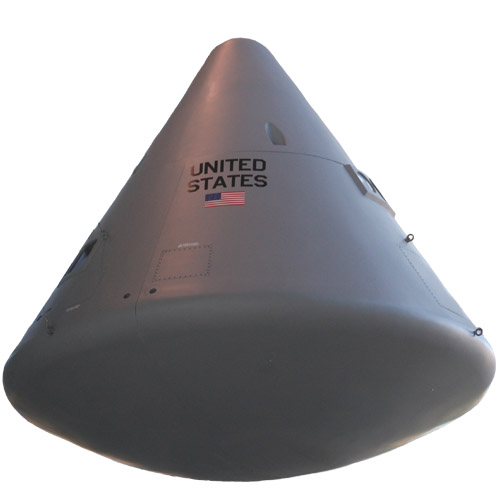
10. Apollo 1 Capsule
A replica of the Apollo 1 capsule, on loan from the Kansas Cosmosphere and Space Center in Hutchinson, Kansas, hangs in the atrium of Armstrong Hall of Engineering. On January 27, 1967, tragedy struck the Apollo program when a flash fire occurred in command module 012 during a launchpad test of the Apollo/Saturn space vehicle being prepared for the first piloted flight, the AS-204 mission. Two of the three astronauts killed in the training exercise were Purdue graduates — Virgil “Gus” Grissom (ME’50) and Roger Chaffee (AAE’57).
Gaze up at the Apollo 1 capsule in the atrium of Neil Armstrong Hall of Engineering.

